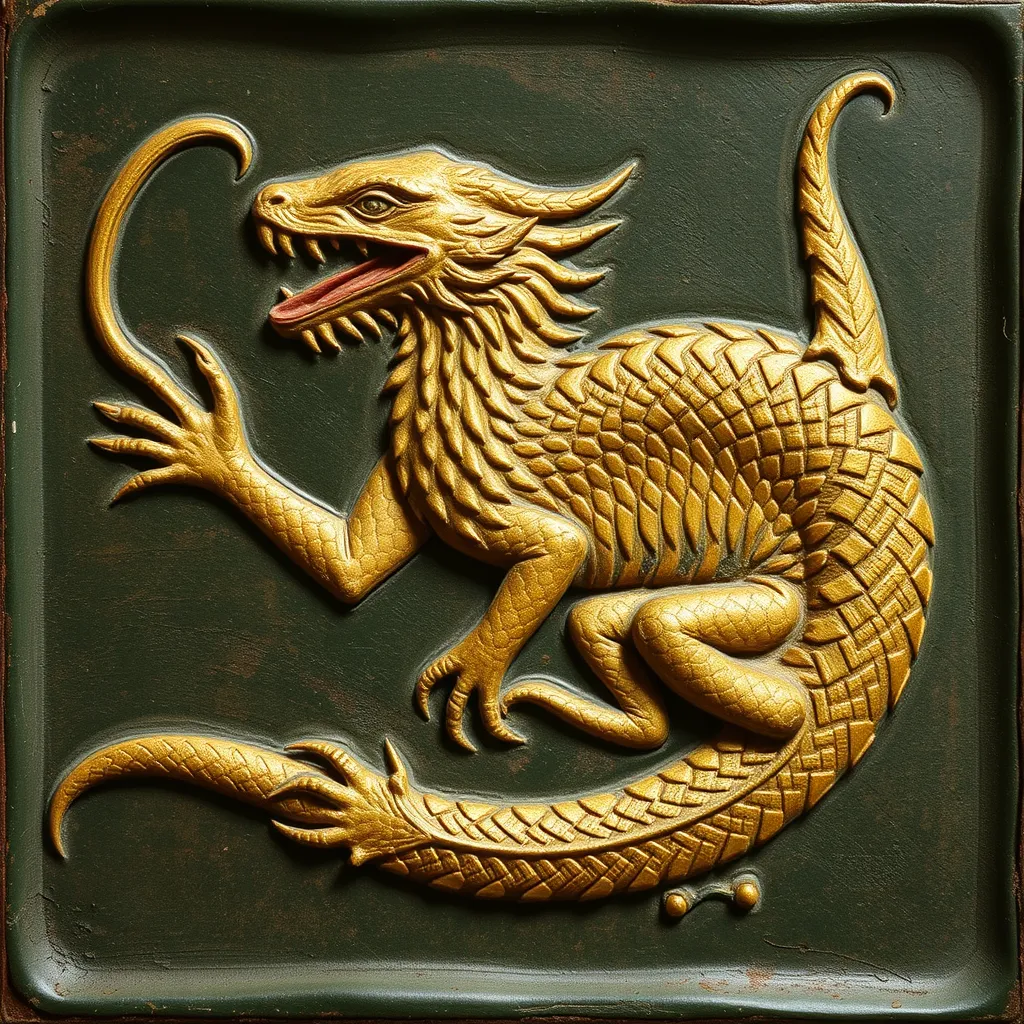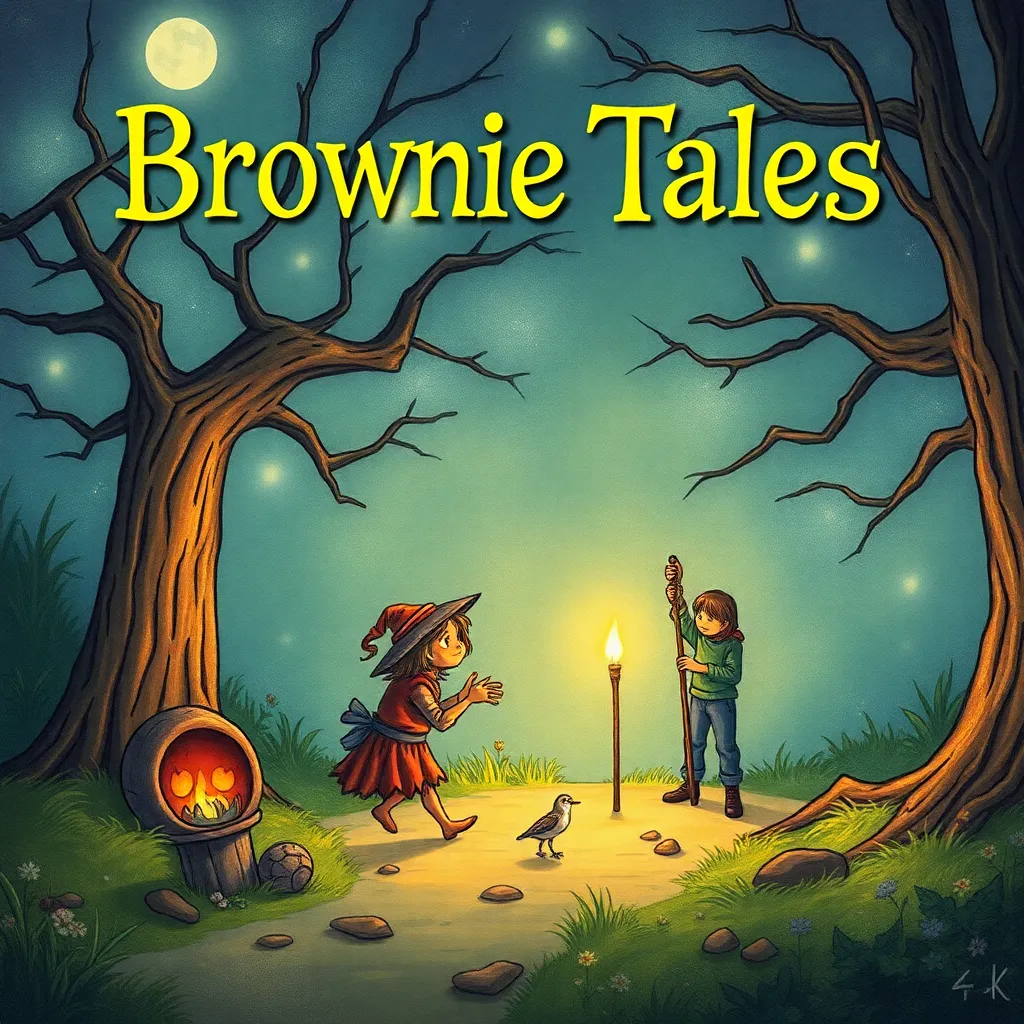The Tengu’s Art: Investigating their Artistic Expressions and Their Influence on Creativity
I. Introduction
The Tengu, a fascinating figure rooted deeply in Japanese mythology, has long captivated the imagination of artists and storytellers alike. These mythical creatures, often depicted as half-man, half-bird beings, are steeped in rich cultural significance and symbolize the complex interplay between nature and humanity. Tengu are not simply figures of folklore; they embody a duality that resonates through various forms of artistic expression, influencing creativity across generations.
This article aims to explore the artistic expressions of Tengu and their profound impact on creativity. By examining their mythological background, representation in visual and performing arts, and influence on modern creativity, we will uncover the legacy of Tengu and their ongoing relevance in contemporary culture.
II. The Mythological Background of Tengu
Tengu have a storied history in Japanese folklore, evolving from early depictions as Buddhist protectors to their more contemporary roles as tricksters and mischief-makers. Their origins can be traced back to the Heian period, when they were associated with mountain-dwelling ascetic practices, showcasing a complex relationship with spirituality and nature.
As symbols of duality, Tengu embody both protective and mischievous characteristics:
- Protector: Tengu are often seen as guardians of the mountains and forests, defending the natural world from human encroachment.
- Trickster: They are equally known for their cleverness and ability to outsmart humans, often leading to humorous or cautionary tales.
In traditional Japanese narratives, Tengu play significant roles, often appearing as characters who challenge the protagonists, impart wisdom, or serve as catalysts for personal growth. Their stories reflect the moral complexities of human nature and the balance between good and evil.
III. Tengu in Visual Arts
The visual representation of Tengu has evolved over centuries, prominently featured in traditional Japanese paintings and woodblock prints. Artists like Katsushika Hokusai and Utagawa Kuniyoshi captured the essence of Tengu through dynamic compositions and intricate details, showcasing their supernatural abilities and distinctive features.
In contemporary art forms, Tengu motifs continue to inspire a new generation of artists. From street art to digital creations, Tengu are reimagined in various contexts, often reflecting modern societal themes while retaining their mythical roots. The influence of Tengu imagery extends beyond Japan, impacting global artistic movements and aesthetic principles.
Influences of Tengu Imagery on Japanese Aesthetic Principles
Tengu imagery embodies several key aesthetic principles prevalent in Japanese art, including:
- Yūgen: A deep awareness of the universe that evokes an emotional response.
- Wabi-sabi: The beauty of imperfection and the transient nature of life.
- Shibui: A subtle and understated elegance.
These principles resonate through Tengu art, encouraging viewers to reflect on the deeper meanings behind the fantastical representations.
IV. Tengu in Performing Arts
The role of Tengu extends into the realm of performing arts, particularly in Noh and Kabuki theater. In these traditional forms, Tengu are portrayed as powerful figures, often embodying the struggles between humanity and the supernatural. Their presence adds layers of complexity to the narratives, captivating audiences with their dramatic flair.
Additionally, Tengu-inspired dance and music celebrate their cultural significance. Performances often incorporate elements of traditional folklore, showcasing the rich tapestry of Japanese heritage while inviting contemporary interpretations.
Case studies of notable performances featuring Tengu characters reveal their enduring popularity:
- Noh Performance: “Tengu no Shiranami” explores the themes of nature and spirituality through Tengu characters.
- Kabuki Play: “Tengu no Kiri” combines humor and drama, presenting Tengu in a light-hearted yet profound manner.
V. The Influence of Tengu on Modern Creativity
In the modern era, Tengu serve as a rich source of inspiration for contemporary artists across various disciplines. Their mythology is not confined to traditional forms but has found its way into global pop culture and media.
Tengu themes appear in:
- Anime and Manga: Characters inspired by Tengu often embody traits of cunning and strength.
- Video Games: Tengu are featured as powerful entities or allies, showcasing their enduring appeal.
- Literature: Modern authors draw upon Tengu mythology to explore themes of identity and transformation.
Furthermore, Tengu mythology shapes creative processes by encouraging artists to explore the balance of duality, challenge perceptions, and engage with cultural narratives.
VI. Tengu and Nature: Artistic Reflections
There exists a profound connection between Tengu and the natural environment. Traditionally seen as guardians of the mountains, Tengu embody the essence of nature and its preservation. This relationship inspires numerous artworks that reflect ecological themes and messages.
Nature-inspired Tengu artworks often serve to:
- Highlight environmental issues and promote conservation.
- Celebrate the beauty and complexity of the natural world.
- Encourage a sense of harmony between humanity and nature.
Tengu are thus seen as symbols of balance, reminding us of our responsibility to protect the environment while embracing the wonders of nature.
VII. The Role of Tengu in Creative Communities
Tengu-themed festivals are vibrant expressions of cultural heritage, significantly impacting local arts. These events foster community engagement and provide a platform for artists to showcase their work inspired by Tengu folklore.
Workshops and initiatives centered around Tengu mythology encourage participants to explore their creativity:
- Art and craft sessions that focus on traditional and contemporary Tengu depictions.
- Storytelling workshops that delve into Tengu folklore and its moral lessons.
Through Tengu-inspired artistic projects, communities come together to celebrate their cultural identity and promote the arts.
VIII. Conclusion
The artistic legacy of Tengu is rich and multifaceted, encompassing a wide range of expressions that continue to inspire creativity across cultures. From traditional representations in visual arts to their dynamic roles in performing arts and modern media, Tengu remain a vital source of inspiration.
As we reflect on the importance of preserving and celebrating Tengu-inspired creativity, it is essential to recognize their ongoing influence in our contemporary world. We encourage readers to explore Tengu art, engage with its implications, and allow the spirit of these mythical beings to spark their own creative endeavors.



